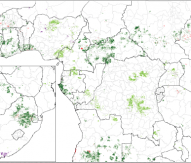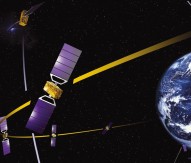
EU funds Mars rover which can determine its own course
An EU-funded project has helped develop a new navigation system that enables a space rover to determine its own course.
The Seventh Framework Programme PRoViScout (Planetary Robotics Vision Scout) project has developed the ‘Idris’ rover, which carries an onboard camera that can determine areas to study, images to capture and send to Earth, and which journey to travel without receiving any instructions from humans. The rover will also be able to determine possible hazardous paths in order to help avoid getting stuck. Tests have been carried out on the Spanish Canary Island of Tenerife.
Speaking about the project to the European Commission, co-ordinator Gerhard Paar said: “We never know what a rover on another planet will encounter in terms of topography. We have assembled a complete new system in which the rover can decide where to go.
“In the future, rovers on Mars might travel a lot farther than they do today – up to tens of kilometres per day. It is important that they are able to decide on their own where to go, and the system developed by the PRoViScout team is expected to support them in that task.”
The rover can also analyse safety risks and factor in the depletion of its limited energy resources before travelling to a certain position. It currently takes around ten minutes for radio signals from mission controllers on Earth to reach the red planet.






